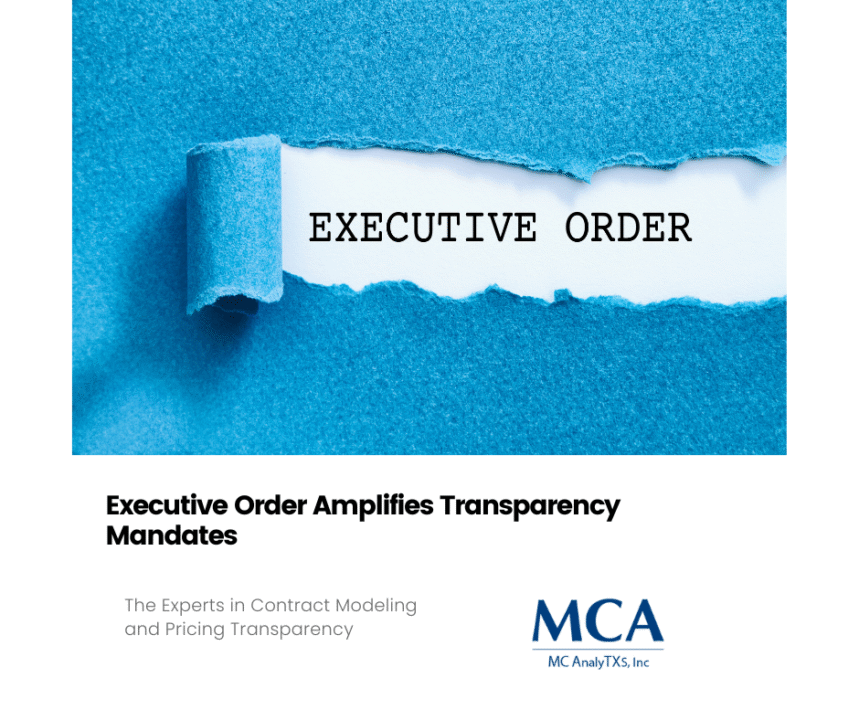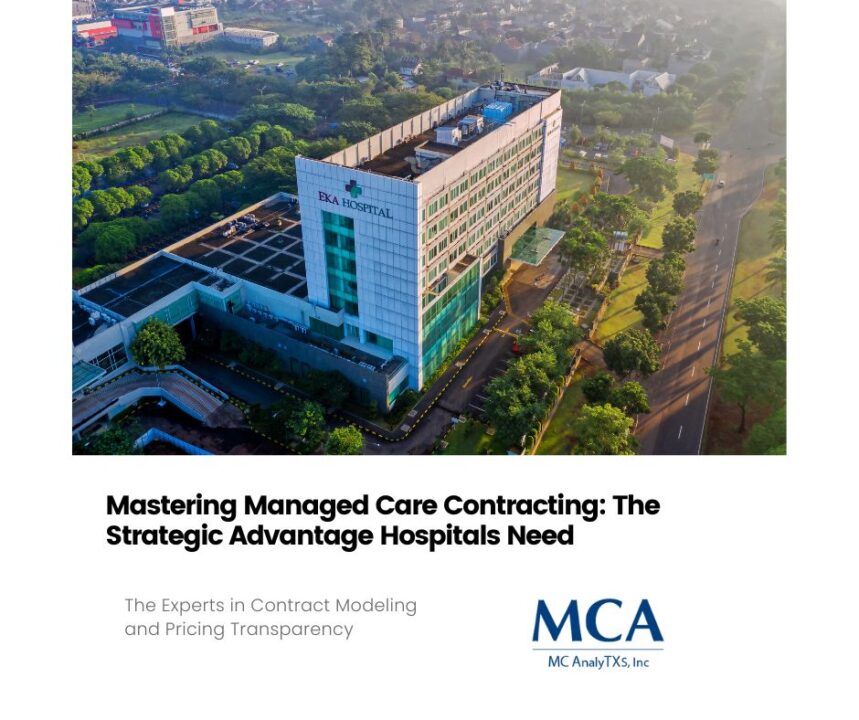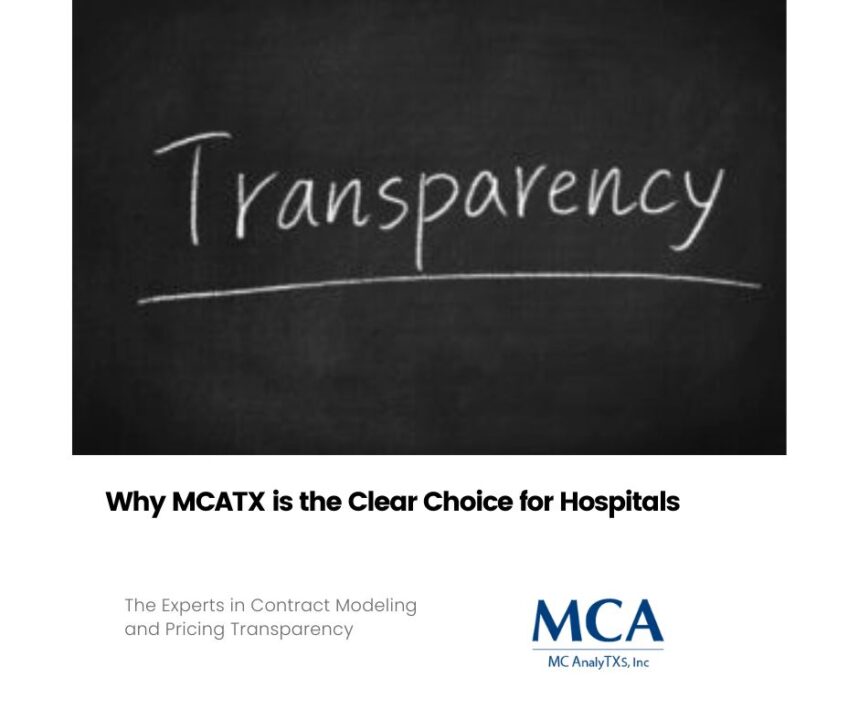
Blue Cross Plans Restructuring In Response To The Evolving Healthcare Landscape
June 30, 2023
Automation in the revenue cycle is changing the face of healthcare
July 6, 2023Understanding Contract Modeling and Its Importance in Healthcare Systems
In healthcare, managing contracts with vendors, suppliers, and payers is a complex and time-consuming task. It can lead to costly mistakes, lost opportunities, and regulatory non-compliance. To address these challenges, healthcare systems are turning to contract modeling software. In this blog post, we’ll define what contract modeling is, explain how it works, and outline the benefits of having it in place.
What is contract modeling?
Contract modeling is a process of creating an abstract representation of a contract that includes key terms, conditions, obligations, and outcomes. The model is based on a set of rules and scenarios that determine how the contract should be executed, monitored, and evaluated. Contract modeling allows healthcare systems to simulate different scenarios and predict the impact of contract changes, renewals, and terminations. It also helps to identify risks, opportunities, and gaps in the contract language and compliance.
How does contract modeling work?
Contract modeling software uses advanced algorithms and machine learning techniques to analyze and interpret complex legal language and financial data. The software can extract important information from contracts, such as payment terms, penalties, deliverables, and exclusions, and map them into a visual model. The model can be customized to fit the specific needs and preferences of the healthcare system and its stakeholders. Contract modeling software can also integrate with other systems, such as billing, claims management, and procurement, to streamline the contract lifecycle and reduce manual errors.
What are the benefits of contract modeling?
Contract modeling offers several benefits to healthcare systems, including:
- Better visibility and control over contracts: Contract modeling provides a centralized and real-time view of all contracts, their status, and performance. It helps healthcare systems to monitor contracts for compliance, risks, and opportunities. It also enables stakeholders to collaborate and communicate effectively on contract-related matters.
- Improved governance and compliance: Contract modeling ensures that contracts are aligned with regulatory requirements, ethical standards, and best practices. It enables healthcare systems to mitigate risks and prevent potential legal disputes. It also facilitates audit and reporting processes.
- Enhanced financial performance: Contract modeling helps healthcare systems to optimize their financial outcomes from contracts. It enables them to negotiate better deals, reduce costs, and increase revenue. It also helps to identify and eliminate unnecessary expenses and revenue leakage.
- Increased efficiency and productivity: Contract modeling automates many manual and repetitive tasks associated with contracts, such as data entry, tracking, and reporting. It enables healthcare systems to save time, reduce errors, and allocate resources more effectively. It also enables them to focus on more strategic and value-added tasks.
Conclusion:
In conclusion, contract modeling is a powerful tool for healthcare systems to manage their contracts effectively, minimize risks, and maximize value. It offers many benefits, such as better visibility, improved compliance, enhanced financial performance, and increased efficiency. Healthcare systems that have contract modeling software in place can achieve a competitive advantage in their industry and improve their overall quality of care. It is highly recommended for healthcare systems that want to streamline their contract management process and achieve sustainable growth and success.
To learn more join our next webinar on July 20th at 1 pm CST.





